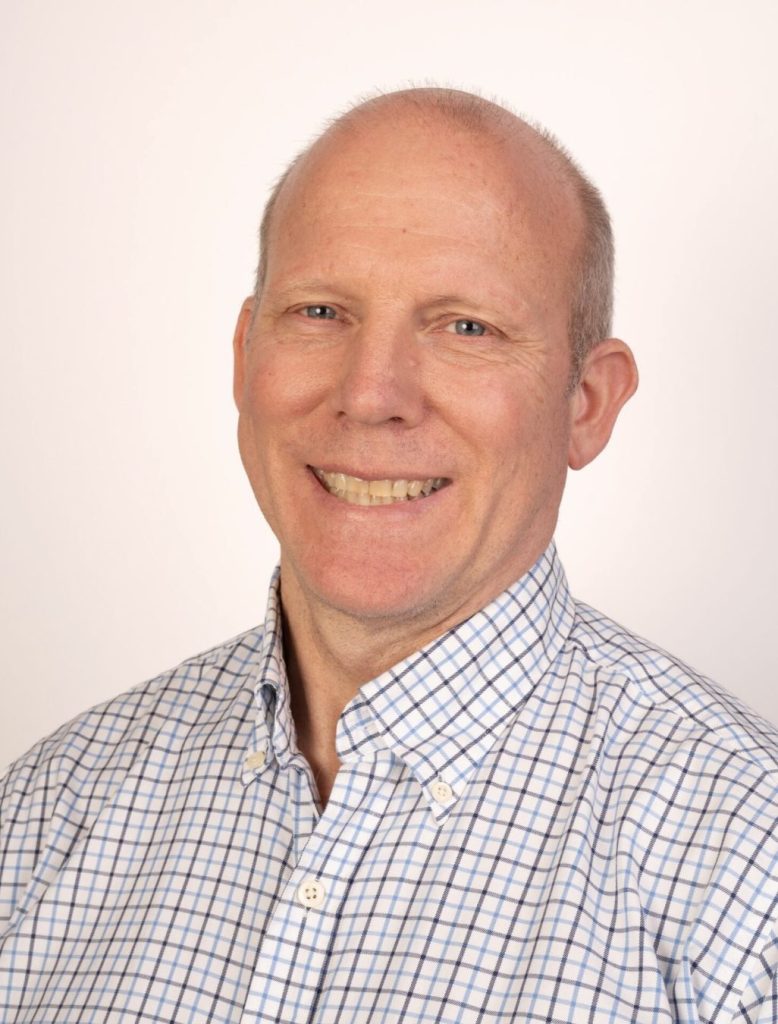Automation
Jenya Meydbray, Nevados: “There is clear intent from the industry to adopt automation for tracker installation. Labor costs and availability remain a key risk for utility scale solar growth. While bay type designs, like that of Nevados’ TRACE tracker, have an inherent advantage to robotics/automation with simple and repeatable installation steps, traditional trackers may have to adjust designs to accelerate automation adoption.”
Sub-GHz comms
Matt Kesler, OMCO Solar: “What’s next is sub-gigahertz wireless communication. What it means is longer range — more than 1 mile from the network controller to the most distant trackers. Instead of numerous network controllers and cables to get power to them, most sites will need only 1 network controller — no power cables to run around the site. Sub-gigahertz wireless also means the ability to penetrate objects, so signals aren’t lost. And a 100x better signal-to-noise ratio — solid wireless communication even in very noisy radio environments. More stable communication means far lower cost — fewer cables — and simpler installation and commissioning.”
Hail response
George Loranger, Array Technologies: “Mitigating the effects of extreme weather will continue to drive solar tracker innovation over the next few years. This is especially important in the Central U.S., which accounts for a large portion of the addressable market for solar trackers while experiencing the most significant hailstorm activity in the world. In 2025, we will be delivering an industry-leading tracker designed to stow at angles up to 77°, in either direction, to reduce the impact energy of large hail (>3.5” in diameter) and significantly reduce the risk of damage in these severe storms. This, combined with SmarTrack Hail Alert Response that incorporates third-party weather services to autonomously move trackers to a high-angle stow prior to a storm’s arrival, will provide site owners with protection from hail damage and other extreme weather risks.”
Cable protection
Jonny North, Gripple: “Innovation is all about problem-solving — getting to the heart of site issues and delivering solutions to help tackle them. One of the most significant problems on solar sites is poor cable management. As highlighted by SolarGrade in its annual PV Health Report, 80% of solar projects have issues relating to wiring, with more than a quarter of issues being directly related to poor cable management. This becomes an even greater priority in the context of trackers, where moving torque tube structures risks damaging cables. Most cable management systems have been designed to work on any type of solar plant. However, we see a move towards cable management systems designed specifically for trackers in 2025 and beyond. Gripple’s in house engineers have worked in collaboration with EPCs and solar developers including Lightsource bp to develop a solution specifically to overcome known problems managing cables on trackers.”
Tracker system data revolution
The following is an excerpt from our interview with Chase Anderson, director of platform engineering for Terrasmart, on The Pitch. He explains the latest innovations in solar tracker foundations, wind tunnel testing, and solar project site planning. Watch the full interview at youtube.com/solar-builder.
Anderson: “The feedback loop that we get because we design, engineer, manufacture, and build the products ourselves … our engineers are able to work directly with our construction teams to find out what could be better, what we could improve, what would make it easier.
“In 2016, we began testing with a piece of equipment we call the test rig. It is a fully automated test platform for pull testing ground screws. It does a very detailed sequence of testing on a screw, [and generates] very advanced data recording. Every test we’ve done, we relate it to geotech information that we have. So, when we get geotech reports for a new project, we’re able to compare them to the ground screw database, and we can determine if it’s a good fit for a ground screw or not.
“The second piece is actually picking the right ground screw. They come in different lengths, and with different lengths of thread. Choosing the right ground screw is important, and that database makes that very easy for us to do.
“Our ability to go from learning the address of a site to first quote to final engineering package has greatly reduced. … Today, the moment that address is available, the request automatically flows through the system. A lot of the time-consuming work of getting the weather data, and all that is being done automatically. We’re able to turn around quotes same day or the next morning. And with the quote you get automatically generated CAD blocks, site layout, full set of structural packages, construction plans, bill of materials. It’s all done right away.”
Read the full article here: https://solarbuildermag.com/solar-trackers/qa-whats-next-in-solar-tracker-innovation/


